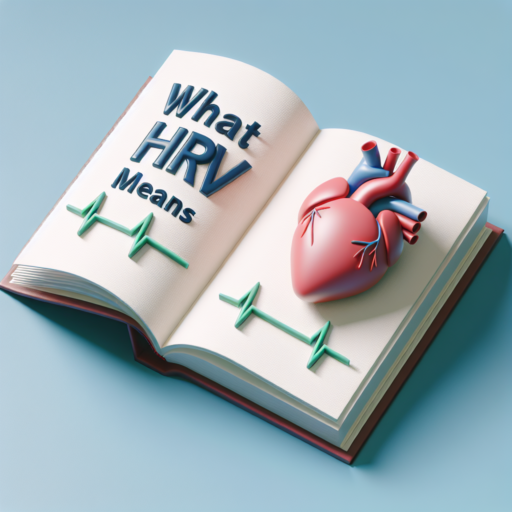How do I find my HR zone?
Finding your Heart Rate (HR) zone is crucial for optimizing your workout routines and ensuring that you’re exercising within your ideal cardiovascular range. This range varies by age, fitness level, and individual health goals, making it pivotal to determine your specific HR zone for effective training. Below, we delve into the essential steps to identify your HR zone, aiming to enhance your workout efficiency and safety.
Understanding HR Zones
HR zones are essentially ranges of heart rates that correspond to different levels of exercise intensity. These zones help you tailor your training sessions to match your fitness objectives, whether it’s fat burning, endurance training, or peak performance. They are generally divided into five categories, each targeting a specific outcome and exertion level. Knowing which zone you’re in during a workout allows you to adjust your intensity to align with your fitness goals.
Calculate Your Maximum Heart Rate (MHR)
The first step in finding your HR zone is to calculate your Maximum Heart Rate (MHR), the highest number of beats your heart can handle per minute during exercise. A popular method to estimate your MHR is the formula 220 minus your age. This calculation provides a baseline to determine your training zones, each a percentage of your MHR. For example, moderate-intensity activities typically target 50-70% of your MHR, while high-intensity workouts may aim for 70-85%.
Once you’ve calculated your MHR, you can determine your HR zones by applying the appropriate percentages. It’s important to remember that these figures are estimates. Listening to your body and adjusting based on how you feel during your workouts is also vital. For more personalized guidance, consider consulting with a fitness or healthcare professional who can help you refine your training zones based on your health status and fitness goals.
What should my heart rate zone be?
Understanding your ideal heart rate zone is crucial for maximizing your cardiovascular exercise and ensuring you are working out within safe limits. Essentially, your heart rate zone depends on your age, fitness level, and personal health goals. Whether you aim to improve cardiovascular health, burn fat, or enhance athletic performance, identifying your target heart rate zone can help you achieve your objectives effectively.
There are typically five heart rate zones, each corresponding to a percentage of your maximum heart rate (MHR). To calculate your MHR, you can use the simple formula of 220 minus your age. From here, Zone 1 starts at 50-60% of your MHR, suitable for warming up and cooling down. Progressing through the zones, Zone 5 demands 90-100% of your MHR, ideal for short intense bursts that improve speed and power.
For most people looking to improve their general fitness or lose weight, working in Zones 2 and 3 is often recommended. These zones correspond to 60-70% and 70-80% of your MHR, respectively, optimizing fat burn and enhancing cardiovascular efficiency without overstraining. Listen to your body and adjust your exercise intensity as needed to stay within your desired heart rate zone.
No se han encontrado productos.
What is a good heart rate range for my age?
Understanding the ideal heart rate range for your age is crucial in monitoring your cardiovascular health and ensuring your workouts are within a safe and effective intensity. Generally, a normal resting heart rate for adults ranges from 60 to 100 beats per minute (bpm). However, athletes may have a resting heart rate below 60 bpm, which is also considered healthy.
The American Heart Association suggests using the formula of 220 minus your age to find your maximum heart rate. This number represents the upper limit of what your cardiovascular system can handle during physical activity. To determine your target heart rate zone, which is the recommended range for exercise intensity, you should aim for 50% to 85% of your maximum heart rate. This range is deemed most beneficial for cardiovascular health and is adjusted based on your age and fitness level.
Age-Specific Guidelines
- For someone aged 20, the maximum heart rate is approximately 200 bpm, with a target zone of 100 to 170 bpm.
- At 30 years old, the maximum is around 190 bpm, aiming for a zone of 95 to 162 bpm.
- Individuals aged 40 might have a maximum of 180 bpm, with a recommended exercise zone of 90 to 153 bpm.
Adjusting your exercise intensity to stay within these target zones can optimize your workout’s effectiveness and safety. Remember, these numbers are general guidelines, and individual factors such as fitness level, health status, and medication can influence your ideal heart rate range. Consulting with a health professional is advisable to determine the most accurate and safe range for you.
What is the best HR zone to run?
Determining the best HR (Heart Rate) zone for running is pivotal for optimizing your workout efficiency, improving fitness levels, and minimizing injury risks. This zone varies among individuals, depending on factors such as age, fitness level, and running goals.
Understanding Heart Rate Zones
Heart Rate zones are divided into several categories, each serving different training purposes. For runners, working within the right HR zone can help in specifically targeting endurance, fat burn, or speed improvement. The zones typically range from Zone 1 (50-60% of maximum heart rate) for very light activity, to Zone 5 (90-100% of maximum heart rate) for maximum effort.
Optimal HR Zone for Most Runners
For most runners, the optimal HR zone lies within Zone 2 (60-70% of maximum heart rate) and Zone 3 (70-80% of maximum heart rate). Training in these zones is effective for improving aerobic capacity and endurance. It allows for longer sessions that burn fat efficiently without overstraining the body. However, incorporating intervals in higher zones can further enhance cardiovascular strength and speed.




